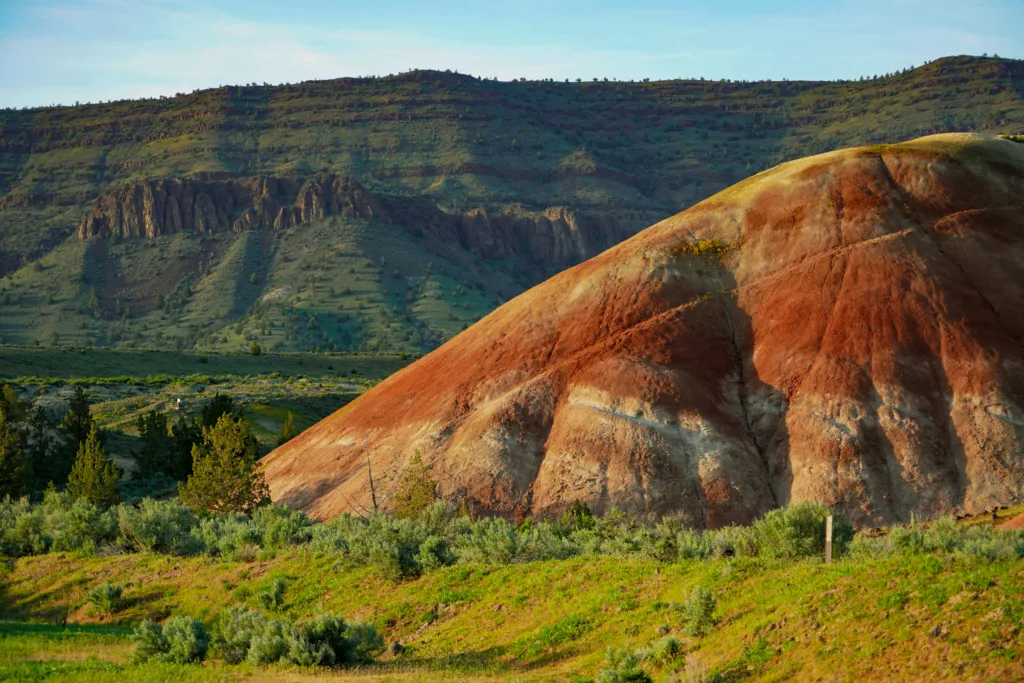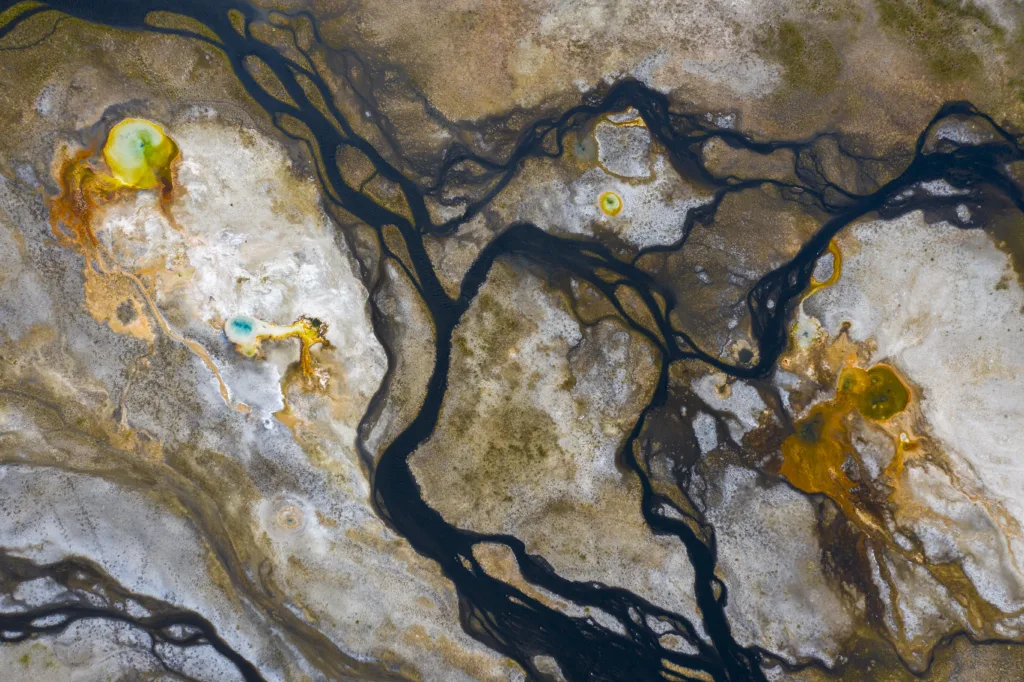The law of cross-cutting relationships is an essential principle in geology that helps geologists understand the relative ages of different geological features. The principle states that any geological feature, such as an igneous rock, fault, or other feature, that cuts across or disrupts another feature, must be younger than the feature it cuts through.
This principle is based on the idea that geological features are formed over time, with the older features being formed first. As a result, any feature that cuts through an older feature must be younger than the one it cuts through.
The law of cross-cutting relationships is a valuable tool for geologists because it allows them to determine the relative ages of different geological features without having to rely on radiometric dating or other absolute dating methods. By observing the relationships between different geological features, geologists can build a timeline of the geological history of an area.
One exaple of the law of cross-cutting relationships in action is when a fault cuts through a layer of sedimentary rock. The fault must be younger than the layer it cuts through because the layer had to exist before the fault could form.
Another example is when an igneous intrusion cuts through a layer of sedimentary rock. The intrusion must be younger than the layer it cuts through because it had to form after the layer was deposited.
The law of cross-cutting relationships is also an important principle in planetary geology. By studying the relationships between different geological features on other planets and moons, scientists can learn about the geological history of those bodies and how they have changed over time.
The law of cross-cutting relationships is a fundamental principle in geology that helps geologists understand the relative ages of different geological features. By observing the relationships between different features, geologists can build a timeline of the geological history of an area or planet. This principle is a valuable tool for understanding the complex processes that have shaped our planet and the universe around us.
What Is Cross-cutting Law?
The law of cross-cutting relationships is a fundamental principle in geology that helps in determining the relative age of rocks and geological features. According to this law, any geological feature such as an igneous rock or a fault that cuts acros another rock layer or feature must be younger than the rock or feature it cuts across. This law is based on the principle that a geological feature must exist before it can be cross-cut. Therefore, if a rock or feature is cut by another geological feature, it must have existed before the cutting feature was formed. This law is useful in determining the sequence of geological events and allows geologists to determine the relative ages of different rock layers and geological features. The law of cross-cutting relationships is a valuable tool for interpreting the geological history of an area and has many practical applications in the field of geology.

What Does The Rule Of Cross-cutting Relationships State?
The rule of cross-cutting relationships is a fundamental principle in geology that explains the relative ages of geological features. According to this rule, any geological feature that cuts across or disturbs another feature must be younger than the feature that is disrupted. In othr words, the feature that is cut or disturbed must have existed before the other feature that caused the disruption appeared. Therefore, the geological feature that cuts across another can be used to determine the relative age of the rock layers or formations involved. This principle is widely used by geologists to interpret the geological history of an area. It is a powerful tool to reconstruct the sequence of events that have occurred in a particular location over time.
What Is Cross-cutting Process?
Cross-cutting, also kown as parallel editing, is a film editing technique that involves alternating between two or more scenes happening simultaneously in different locations. This technique is used to show the relationship between two or more events happening at the same time and to create tension or suspense. By cutting back and forth between scenes, the editor can emphasize similarities or differences between them and create a sense of continuity or contrast. Cross-cutting can be used in a variety of ways, such as to show a character’s emotional state, to build suspense, or to create a sense of urgency. It is a popular technique used in films, television shows, and music videos to keep the audience engaged and invested in the story.
Why Is The Law Of Cross-cutting Relationships Important?
The law of cross-cutting relationships is a fundamental principle used by geologists to determine the relative ages of geological features. This law states that any geological feature that cuts through another feature must be younger than the feature it cuts through. This principle is essential for understanding the sequence of geological events that have occurred in a particular area. By examining the relationships between different geological features, geologists can reconstruct the history of a region, including the order in which different rock layers were deposited, the timing of faulting and folding, and the sequence of volcanic eruptions.
The importance of the law of cross-cutting relationships lies in its ability to provide a framework for understanding the geological history of a region. By using this principle, geologists can determine the relative ages of different features, even if they are not directly visible. For example, if a fault cuts through a layer of sedimentary rock, the fault must have formed aftr the rock was deposited. This knowledge can be used to construct detailed geological maps and to identify potential areas for mineral exploration.
In addition, the law of cross-cutting relationships can be used in conjunction with other principles, such as the law of superposition and the law of inclusions, to build a more complete understanding of the geological history of a region. By combining these principles, geologists can create a detailed timeline of the events that have shaped the Earth’s surface over millions of years.
The law of cross-cutting relationships is an important tool for geologists to understand the relative ages of geological features. By examining the relationships between different features, geologists can reconstruct the history of a region, identify potential areas for mineral exploration, and build a more complete understanding of the processes that have shaped the Earth’s surface.

Conclusion
The law of cross-cutting relationships is a fundamental principle in geology that helps geologists determine the relative ages of different geological features. This law states that any geological feature that cuts across another feature must be younger than the feature it cuts. By using this principle, geologists can reconstruct the geologic history of an area and understand the sequence of events that have shaped the landscape. The law of cross-cutting relationships, along with other basic tools such as superposition and inclusions, is essential for interpreting the complex geological record of our planet and beyond. Therefore, it is crucial for geologists to apply this principle in ther work to accurately understand the formation and evolution of Earth’s surface.
